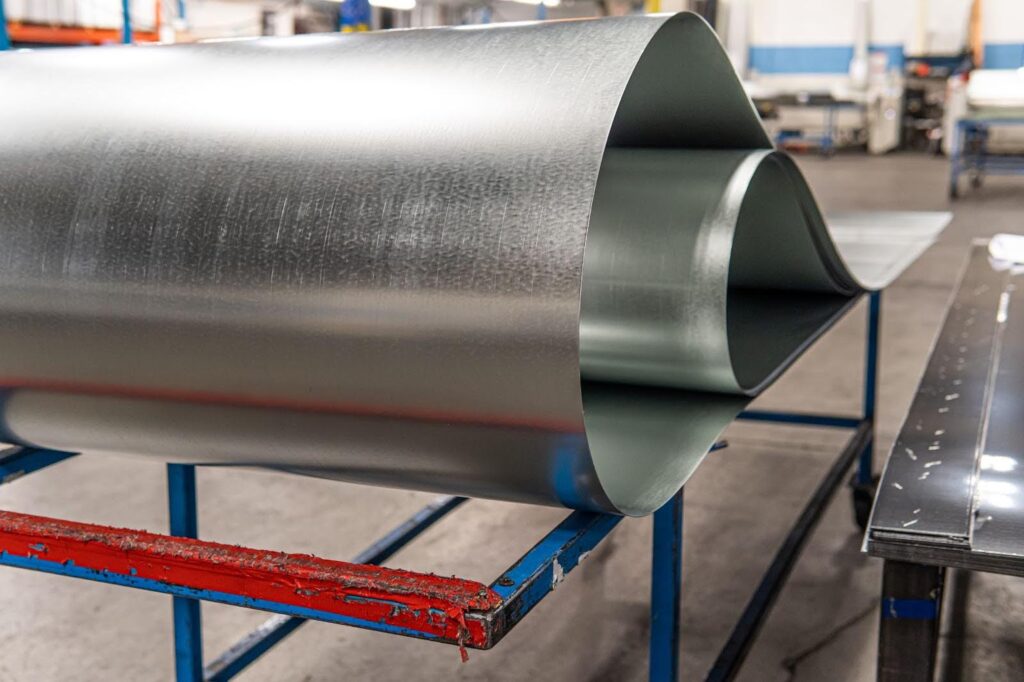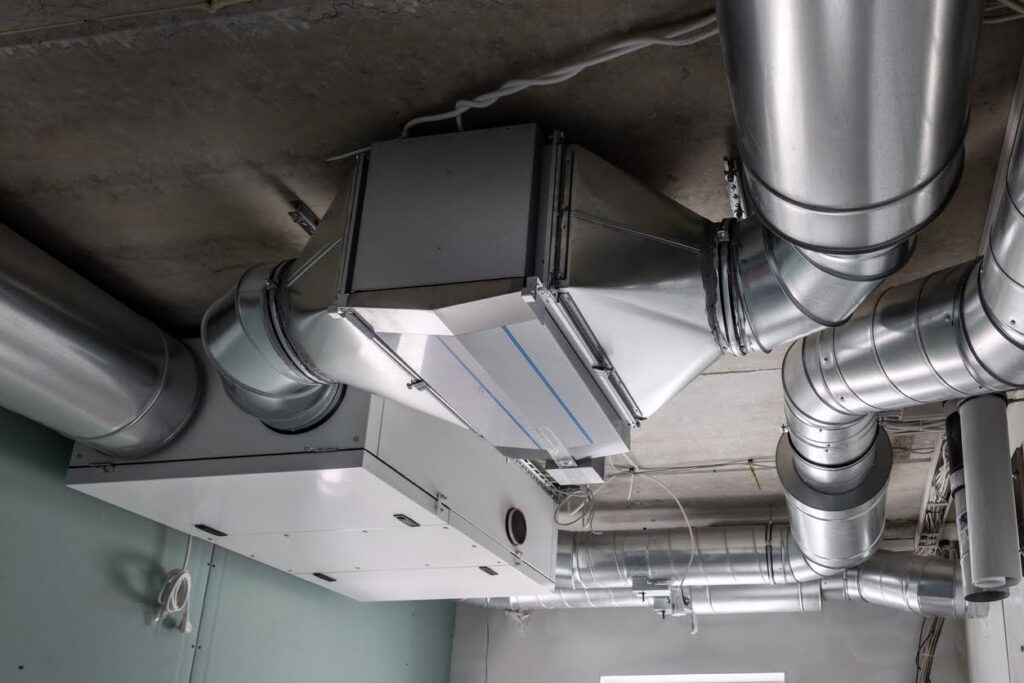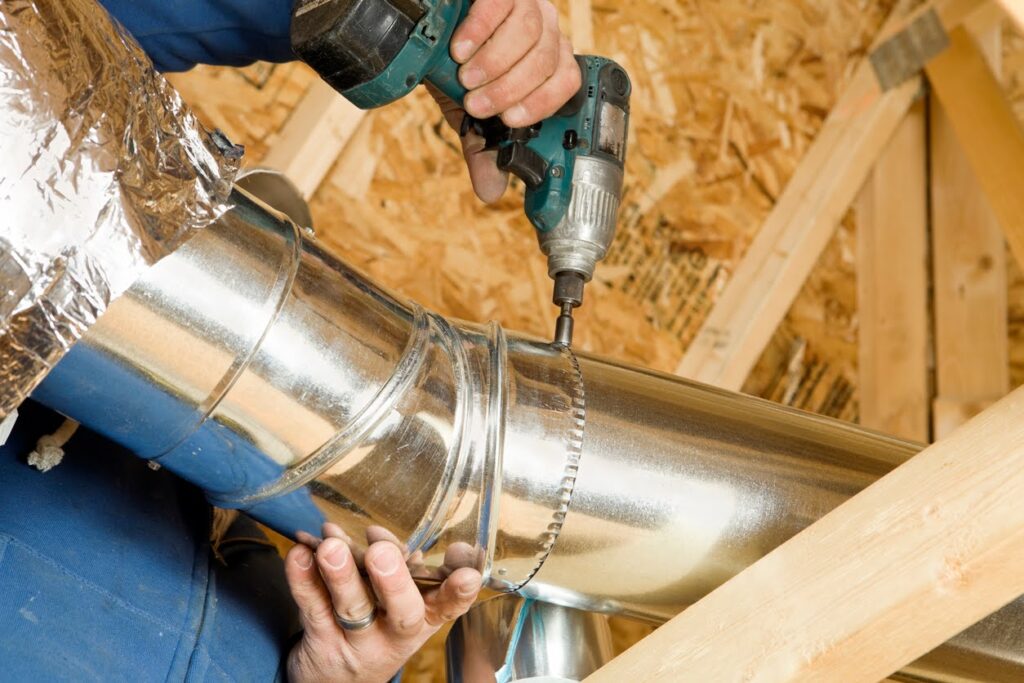A Closer Look at MIG Welding From the Experts at Avon Lake Sheet Metal
MIG welding, also known as Metal Inert Gas welding, stands as a beacon of efficiency and productivity in the welding universe. Its speed and versatility make it a go-to choice for many industries. But as with any welding method, there’s more to the story than meets the eye. In this comprehensive exploration, we’ll delve into the fascinating world of MIG welding to uncover the full spectrum of its pros and cons, aiding you in determining if this welding technique is the perfect fit for your projects.
The Pros of MIG Welding
MIG welding offers several key benefits. Its primary advantage is its high welding speed, making it an efficient choice for large and continuous weld projects. MIG welding also requires less skill and experience compared to some other methods, making it accessible to a broader range of welders. Its ability to work with various metals, including steel, aluminum, and stainless steel, adds to its versatility. Additionally, MIG welding produces clean and tidy welds with minimal post-weld cleanup, which can save both time and effort. These advantages make MIG welding a popular choice in automotive manufacturing, construction, and general fabrication industries. Other pro include:
Speed and Efficiency: MIG welding is synonymous with speed and efficiency. Its high deposition rates mean you can quickly lay down welds and cover more ground in less time. This makes it the method of choice for high-volume production settings like automotive manufacturing and shipbuilding.
Ease of Learning: One of the standout features of MIG welding is its relatively low learning curve. While becoming a master welder takes time and practice, beginners often find MIG welding accessible, thanks to its straightforward setup and operation. This accessibility opens the door to a wider range of welders, from novices to seasoned professionals.
Versatility: MIG welding shines in its versatility. It can be applied to a variety of metals, including carbon steel, stainless steel, aluminum, and even some non-ferrous metals like copper and nickel. This adaptability makes it a valuable tool in diverse welding scenarios.
Long Welds without Interruption: MIG welding can produce long, continuous welds without the need for frequent stops and starts. This feature is especially advantageous in applications requiring extended welds, such as pipeline construction and large-scale fabrication.
The Disadvantages of MIG Welding
While MIG welding has numerous advantages, it’s not without its drawbacks. One significant limitation is that it may not be suitable for thin materials, as it can lead to excessive heat input, causing distortion and burn-through. Additionally, MIG welding relies on a constant supply of shielding gas, which can be challenging in windy or outdoor environments. The consumable wire used in MIG welding can add to material costs, and frequent wire changes may be necessary in high-volume welding applications. Moreover, achieving precise and aesthetically pleasing welds with MIG welding can be more challenging compared to other methods like TIG welding. Therefore, while MIG welding is efficient and versatile, it may not always be the best choice for specialized or fine-detail welding tasks.
Limited Precision: MIG welding may not be the go-to choice when the utmost precision and finesse are required. Unlike TIG welding, which allows for fine control over the welding arc and is ideal for intricate work, MIG welding can be less precise.
Spatter and Cleanup: One of the downsides of MIG welding is the potential for spatter—small bits of molten metal that can spray and adhere to the workpiece and surrounding areas. Spatter not only affects the aesthetics of the weld but also necessitates additional post-weld cleanup, including grinding or chipping away the unwanted bits.
Heat Input and Warping: MIG welding produces a relatively high amount of heat, which can lead to distortion or warping, particularly in thin materials. Proper heat management techniques, like intermittent welding, should be employed to mitigate this effect.
Consumable Costs: MIG welding uses consumable wire electrodes that need to be replaced periodically. The cost of these consumables can add up, especially in high-volume welding operations, impacting the overall cost-effectiveness of the method.
When to Use MIG Welding
MIG welding can be an excellent choice for a wide range of applications:
Automotive Manufacturing: The speed and efficiency of MIG welding make it a staple in the automotive industry, where assembly lines rely on its capabilities for building vehicles quickly and reliably.
General Fabrication: For general fabrication work, including welding structural components, frames, and parts of various sizes, MIG welding’s adaptability and efficiency shine through.
Home DIY Projects: MIG welding’s approachability makes it a preferred choice for DIY enthusiasts tackling home projects and repairs. Whether you’re building a metal fence or repairing a lawnmower deck, MIG welding can be your reliable partner.
Farm Equipment Repair: In agricultural settings, where equipment maintenance is a constant necessity, MIG welding proves invaluable for repairing and maintaining farm machinery.
Light Industrial Applications: Industries like HVAC system manufacturing often rely on MIG welding for its efficiency in producing components like ductwork and air handling units.
Large-Scale Construction: MIG welding can handle the substantial volume of welding work required in the construction of large structures such as bridges and buildings.
Pipe Welding: While traditionally associated with stick welding, MIG welding is gaining popularity in pipe welding applications, offering efficiency and speed while maintaining quality.
Heavy Equipment Manufacturing: Manufacturers of heavy machinery and equipment find MIG welding advantageous for its ability to join thick sections of metal efficiently.
In conclusion, MIG welding represents a robust welding method with a host of advantages, including speed, versatility, and accessibility. However, it’s not without its limitations, such as limited precision and potential spatter issues. Understanding when to use MIG welding is crucial for achieving optimal results in your welding projects, particularly in scenarios where efficiency and speed are paramount. Whether you’re an automotive engineer, a DIY enthusiast, or a metal fabricator, MIG welding can be a powerful ally in your pursuit of crafting and joining metal components.
Ready to get started on your own sheet metal or welding project? Contact the experts at Avon Lake Sheet Metal today!



